Pontevedra: Campo Lameiro, the languages of silence
Undoubtedly, we have in this amazing place, not only one of the largest petroglyph sites in the whole community of Pontevedra, but also one of the few Archaeological Centers destined to safeguard this rich cultural heritage, which keep its doors open to the public and where it is not difficult to meet with high school teachers who accompany their students to eminently practical classes, where they are shown a part of the way of life, customs and spirit that animated those protohistoric peoples, which in good law could be considered as his most remote ancestors.
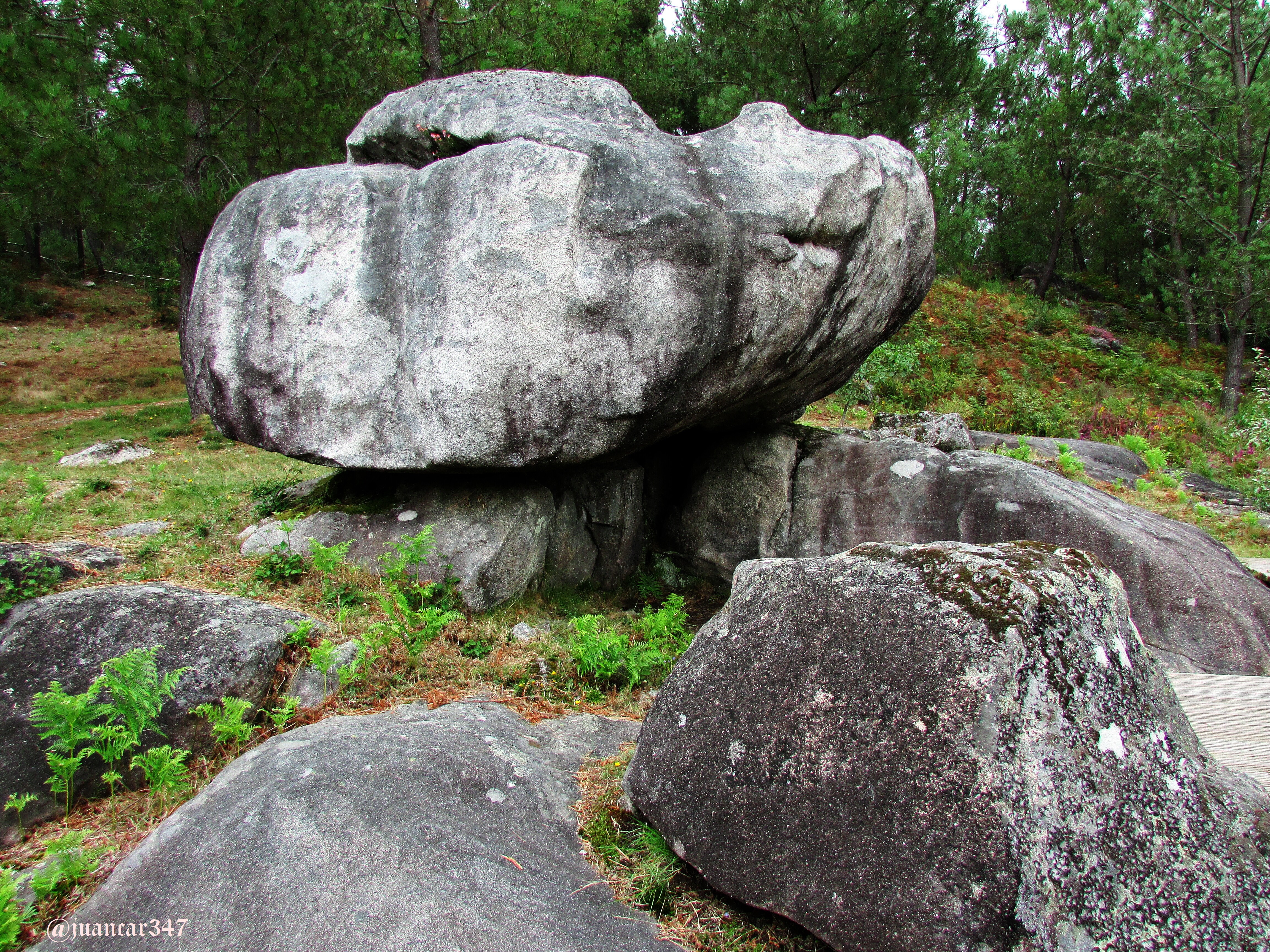
Campo Lameiro is accessed by the general road 541, precisely that which connects Pontevedra with Carballino and Orense -the capital of the neighboring province of the same name, of which it is eighty-three kilometers-, and through which the search engine for singularities, You can access places where you can see - whether documental or traditional - the presence of a very particular medieval order of monks-warriors, whose fondness to settle in the vicinity of megalithic places and ancient cults, is more than casual: the Knights Templar .
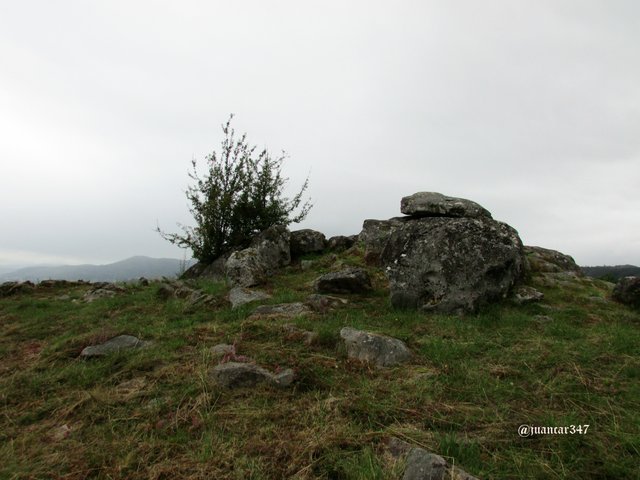
In fact, one such place would be the population of Astureses, six or seven kilometers from Carballino, and its church of San Xulián, where you can still see the sarcophagus on which rest the remains of Frei Juan Pérez de Outeiro, died in 1286.
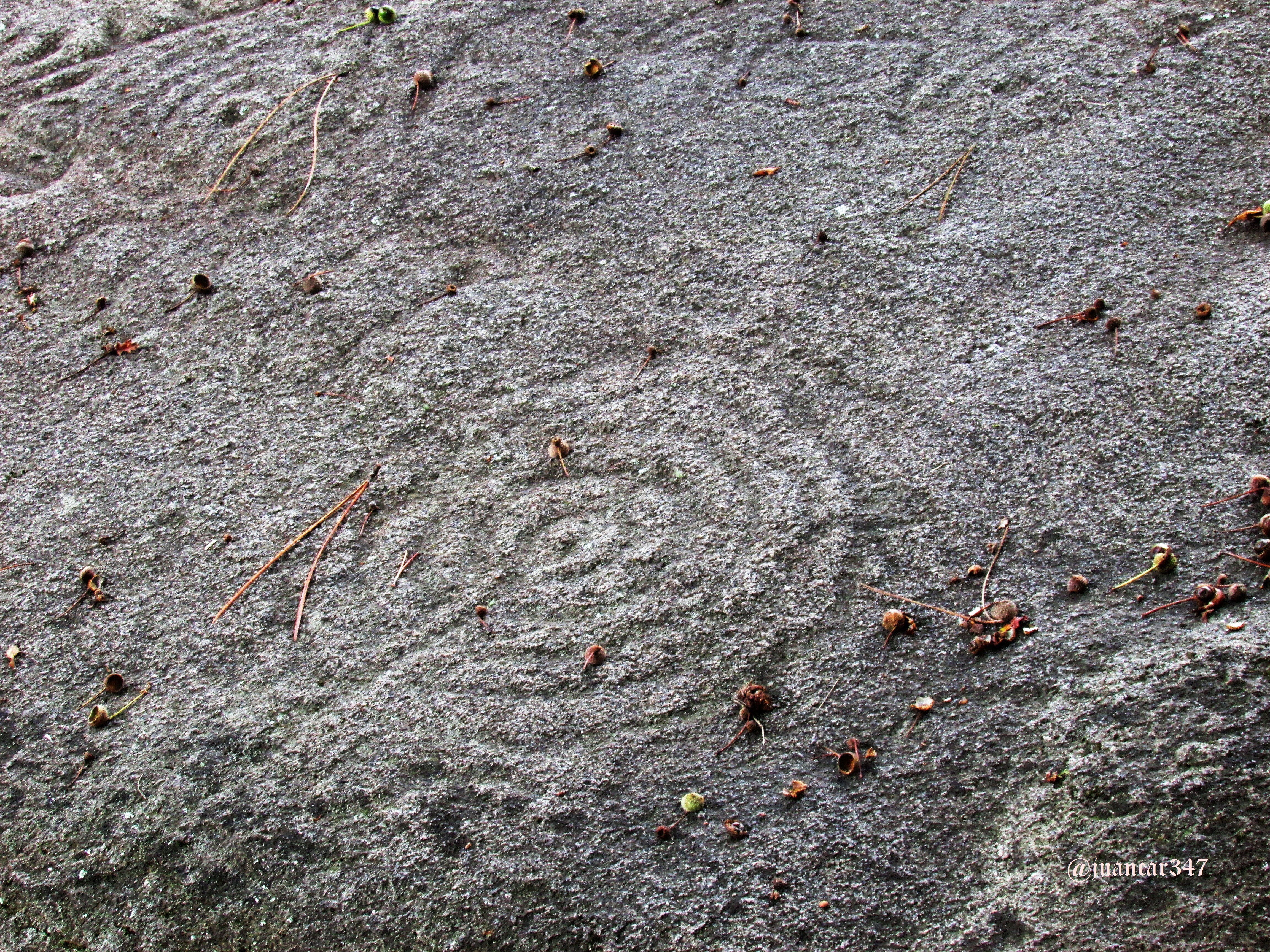
Located in an area of approximately 22 hectares, the petroglyphs of Campo Lameiro not only offer an extraordinary variety of themes, but have also been dated by archaeologists in several predetermined phases, considering that the main set of them, was developed over the millennia. III a II a. of C., coinciding with the development of the Final Neolithic and the Bronze Age.

Such antiquity, as well as various factors related to time, erosion, barbarism - and I do not mean the concept of Latin aimed at those who lived outside the cities - as well as a lavish climate in the development of multiple colonies of lichens and mushrooms, they make many of them are practically indistinguishable at first glance, detail of which they warn in the Interpretation Center and recommend restricting the visit to those better conserved, perfectly delimited in a previously numbered circuit. Be that as it may, it is worth going through it all.
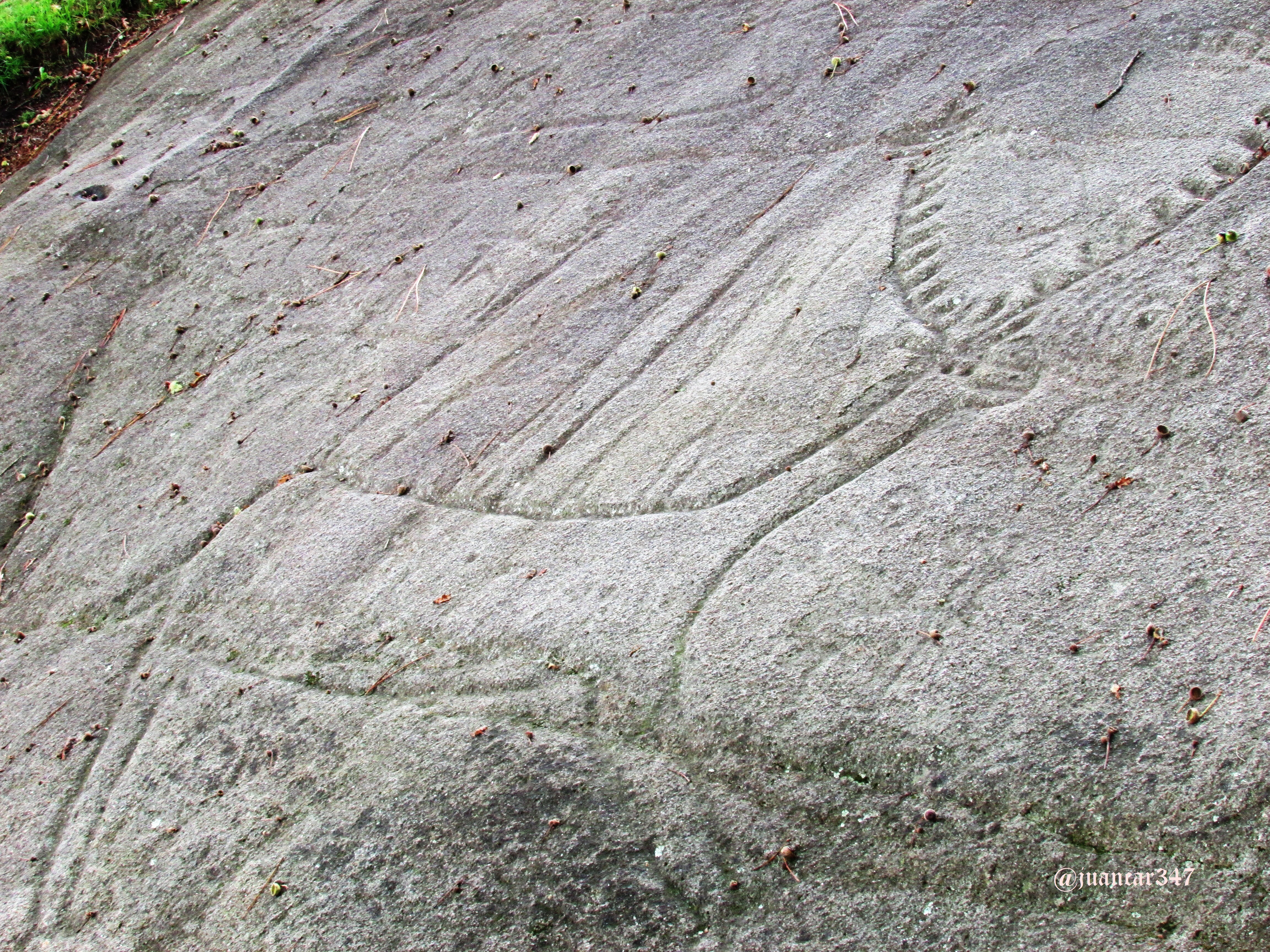
Within the diversity of motifs, the transcendent figure of the deer stands out, which here acquires monumental proportions, which may give an idea of the fascination that this totemic animal exerted on the inhabitants of the area. In this regard, it might not be too far-fetched to suggest whether such an interest would not lead, in the course of time, to certain cults that would give rise to the myths about the sacred kings, who carried large antlers of deer in their headdresses-as was discovered in some sites, such as New Grange, to the formation of great deities, such as Cernunnos celta or even, in some way, to the continuity of the myth, particularly adapted, like the horns that Moses, Dionysus and even his own Alexander the Great, not forgetting that even in certain Romanesque representations, the deer is identified with Jesus Christ himself and, curiously, his hunting and persecution led to the discovery of the sacred place and the virginal image, usually black.

Along with the abundant figure of cervids and equines - prevalent over a fauna that must have been abundant and varied - they also highlight the traditional spirals and labyrinths, fundamental symbols that were not only adopted during the Middle Ages by the different brotherhoods of stonemasons, but, in addition, its presence has been confirmed in the five continents, a design that is not only found abundantly in terrestrial natural or celestial designs, which likewise, would determine the presumption of possession of certain knowledge that the official historiography It is far from admitting and contemplating, and in addition, they were used as underground models in tombs and subsequently reproduced inside numerous Gothic cathedrals.
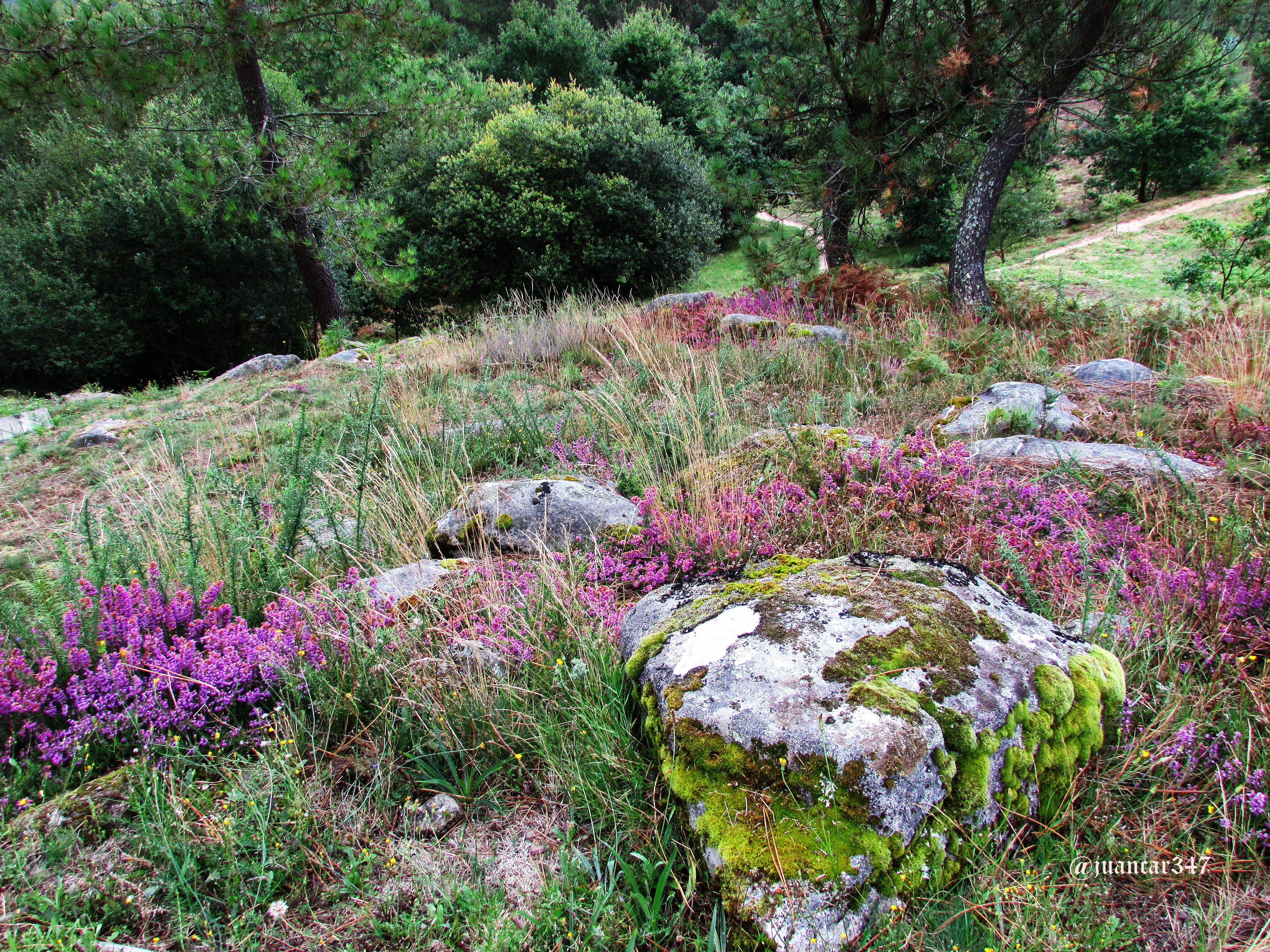
Related movie:
NOTICE: originally published in my blog TRAS LAS HUELLAS DE LOS MEDIEVALES, although the photographs and video are unpublished in Steemit. Both the text, photographs, and video (with the exception of music, reproduced under a YouTube license) are my exclusive intellectual property. The original entry can be found at the following address: http://canterosmedievales.blogspot.com.es/2014/10/los-lenguajes-del-silencio-petroglifos.html
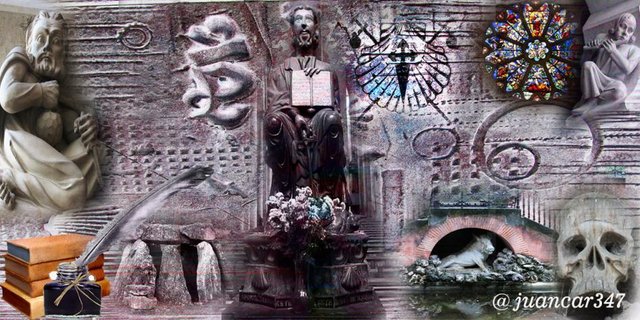
designed by: @txatxy
this is really awarded photography
i love this
natural beauty of the world
Thank-you very much!
Congratulations, Your Post Has Been Added To The Steemit Worldmap!
Author link: http://steemitworldmap.com?author=juancar347
Post link: http://steemitworldmap.com?post=pontevedra-campo-lameiro-the-languages-of-silence
Want to have your post on the map too?
Thank-you